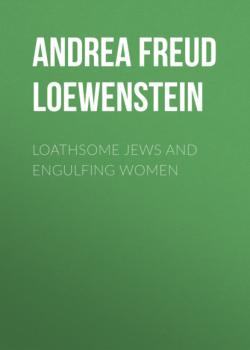ТОП просматриваемых книг сайта:
Literature and Psychoanalysis
Скачать книги из серии Literature and PsychoanalysisАннотация
In Mastering Slavery , Fleischner draws upon a range of disciplines, including psychoanalysis, African-American studies, literary theory, social history, and gender studies, to analyze how the slave narratives–in their engagement with one another and with white women's antislavery fiction–yield a far more amplified and complicated notion of familial dynamics and identity than they have generally been thought to reveal. Her study exposes the impact of the entangled relations among master, mistress, slave adults and slave children on the sense of identity of individual slave narrators. She explores the ways in which our of the social, psychological, biological–and literary–crossings and disruptions slavery engendered, these autobiographers created mixed, dynamic narrative selves.
Аннотация
One of literature's greatest gifts is its portrayal of realistically drawn characters–human beings in whom we can recognize motivations and emotions. In Imagined Human Beings , Bernard J. Paris explores the inner conflicts of some of literature's most famous characters, using Karen Horney's psychoanalytic theories to understand the behavior of these characters as we would the behavior of real people. When realistically drawn characters are understood in psychological terms, they tend to escape their roles in the plot and thus subvert the view of them advanced by the author. A Horneyan approach both alerts us to conflicts between plot and characterization, rhetoric and mimesis, and helps us understand the forces in the author's personalty that generate them. The Horneyan model can make sense of thematic inconsistencies by seeing them as the product of the author's inner divisions. Paris uses this approach to explore a wide range of texts, including Antigone, «The Clerk's Tale,» The Merchant of Venice, A Doll's House, Hedda Gabler, Great Expectations, Jane Eyre, The Mayor of Casterbridge, Wuthering Heights, Madame Bovary, The Awakening, and The End of the Road.





